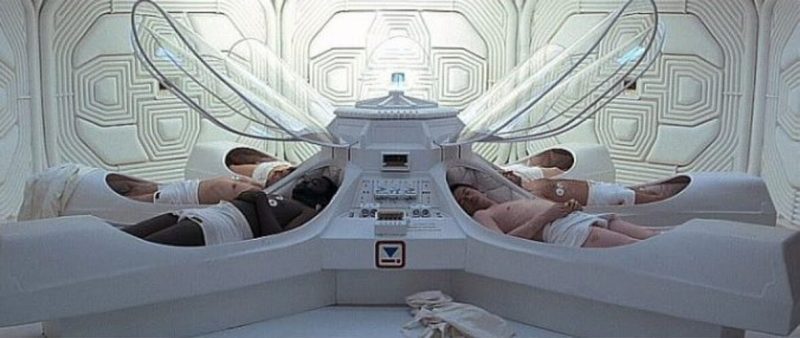 |
| Fictional image of hibernating astronauts, via ESA. |
The European Space Agency (ESA) said
on November 18, 2019, that its scientists have recently been
investigating the process of placing astronauts into hibernation to
cross the vastness of space. These scientists met at ESA’s Concurrent Design Facility
to assess the advantages of human hibernation for a trip to a
neighboring planet, such as Mars. They took as their reference an
existing study that described sending six humans to Mars and back on a
five-year timescale. They studied how crew hibernation would impact
space mission design, and put some numbers to known advantages to human
hibernation for space travel, for example, that a smaller space capsule
could be used if the crew were hibernating, rather than awake, for the
months-long journey to Mars.
Jennifer Ngo-Anh, a team leader in ESA’s Science in Space Environment (SciSpacE) program, commented:
For a while now hibernation has been proposed as a game-changing tool for human space travel.Deborah Byrd
If we were able to reduce an astronaut’s basic metabolic rate by 75% – similar to what we can observe in nature with large hibernating animals such as certain bears – we could end up with substantial mass and cost savings, making long-duration exploration missions more feasible.
Source News
No comments:
Post a Comment
Note: Only a member of this blog may post a comment.